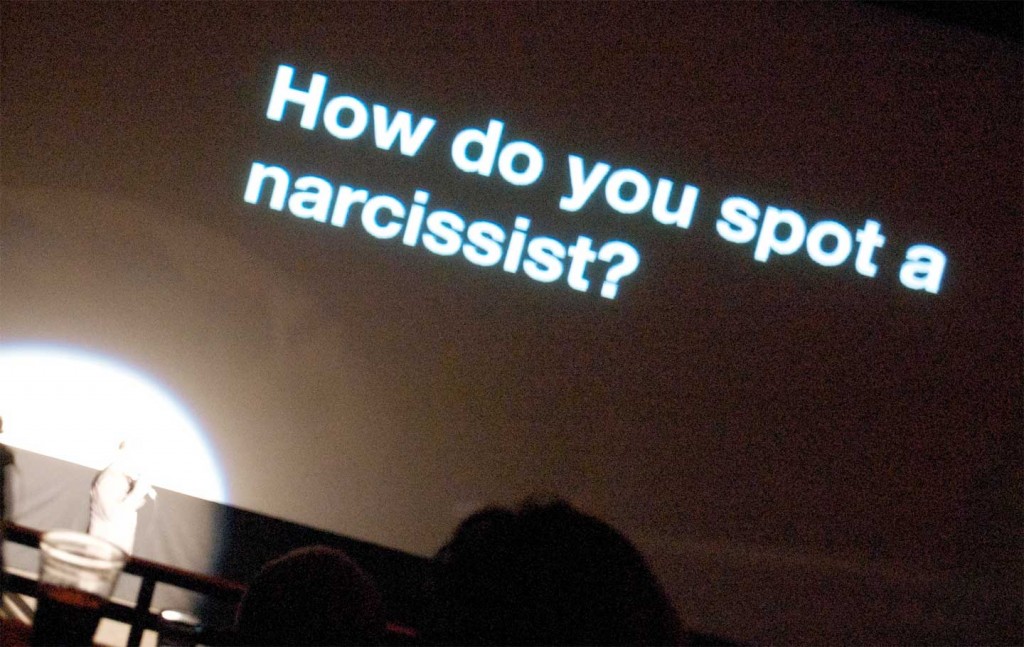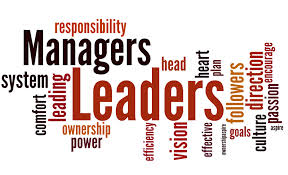For anyone who has been following the media frenzy around Prince Harry’s warts-and-all memoir ‘Spare’ and the various TV appearances by the Duke and Duchess of Sussex, there may have come a point where you thought, “Surely this could all have been avoided?”
Despite the late Queen’s remark that “recollections may vary” about their accusations of systemic racism at the Palace, it was abundantly clear that having a difficult conversation about that issue, as well as the Royal Family’s complex relationship with the media, would have helped both parties move forward.
One difficult conversation cannot solve deep underlying issues, however. The reaction to this year’s BAFTA honours is a clear indication of how continuing dialogue is necessary to drive change.
The academy was forced to confront the lack of representation for people of colour in its awards following the backlash to the 2020 ceremony, and subsequently took steps to change its selection process.
However, the mismatch between the diversity seen in the Bafta nominations this year and the eventual winners of the award categories indicates that further conversations about improving diversity in the arts are needed for meaningful change to occur.
Starting the conversation
The prospect of entering into a discussion where uncomfortable truths might be aired can have a range of responses. Some people are inclined to freeze – go quiet, refuse to be drawn on the topic. Others have a flight response – change the subject, leave the room, attempt to avoid contact with their interlocutor thereafter. And some may decide to fight – get defensive, deny there’s an issue, denounce the other person, or begin an unrelated argument to distract from the subject in hand.
The reasons for having a discussion are varied, but subjects that regularly feature in lists of ‘the most difficult conversations in the workplace’ typically include subjects like pay and promotion, inappropriate behaviour and bullying, giving negative feedback to a colleague, or telling a colleague that their employment is going to be terminated.
It’s important if you are the person attempting to have that difficult conversation that you approach it carefully, therefore, as there may be some complex issues to unpack.
Going in too hard is likely to spook the other person or may put their back up. Equally, if the intention of the discussion is not clear from the outset, your message may not ‘land’ properly, with the result that the other party swats the offer to talk away, claiming that they are too busy.
Approaching difficult issues
Assuming you have managed to persuade the other person of the need for a difficult conversation, then the optimal approach can be summed up as ‘firm but fair’. It’s no good coming in with a list of grievances, harsh criticisms, or snap judgements if you want someone to engage with you. Equally, being too gentle, for fear of giving offence or causing upset, can be just as unproductive.
You need to make the other person aware that there is an issue. Ideally, you should follow that up with some detail of why you believe there is an issue. You must give the other person the space to state their own case, and address the points you have raised.
Having made your case, and heard the other person out, you may need more space for further discussion of the points you have both raised.
And, last but not least, you need to offer some suggestions for action points that will enable you both to move forward and start resolving the issue.
But being prepared for a difficult conversation is not just about having a check list of things to say, and steps to follow. As the person initiating that discussion you need to be prepared for a range of reactions, and know how to respond to them in a way that moves the dialogue forward.
Getting in shape for the discussion
The benefits of practising conversations where the stakes are high cannot be overstated. And the best way to train yourself for approaching, initiating, progressing and successfully concluding difficult conversations is with a trained business actor/facilitator.
They can help you run through different scenarios, assess your initial approach, gauge your response to feedback, and coach you on ways to successfully conclude difficult conversations – and then continue the dialogue.
Once you’ve had that initial difficult conversation, it can actually help to develop trust, in a way that few other interactions can. Going through the mill of a hard discussion with someone but coming out on the other side having either cleared the air or opened the door to further discussion is strangely fulfilling and can promote feelings of greater togetherness that helps with nurturing relationships.
Speak to Dynamic Presenting today, and make sure that everyone’s recollections of that difficult conversation coincide, and lead to more harmonious relationships in future.












